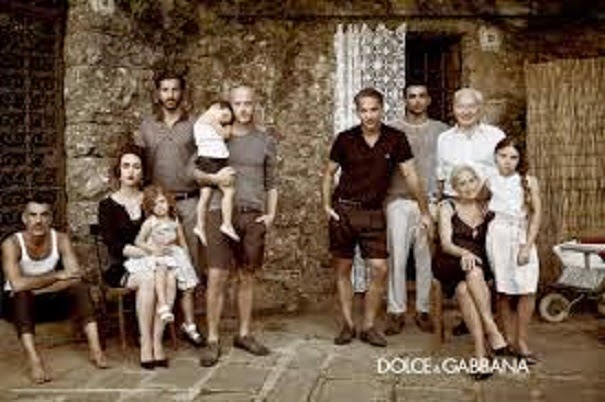CHIAVARI, Italy – The small fishing town of Giovinazzo is about 10 miles
from Bari, in the southern region of Puglia. It’s a pretty place, the fishing
is good and in the summer it is very popular with tourists – Italian and foreign.
It’s an old town, but exactly how old is still a mystery. It is generally
believed there were people living in Giovinazzo even before the Romans came
along. If the antique graves from the fourth century BC that were found just a
few miles away in Molfetta testify to the existence of a fishing village, chances are there were fishermen living in
Giovinazzo too.
Giovinazzo had a different name back then, but not much else has changed.
People still make their living from the sea, but these days it is less about
fishing and more about tourism. I know the Giovinazzo tourist board would like
me more if I would talk about their history and their churches, their art and
architecture, but to me towns like Giovinazzo and its slightly larger neighbors
Santo Spirito and Molfetta are less about their touristic sights and more about
the spirit of the place and the people who live there. They have a way of
making you feel right at home.
All I can say is I have never met a Pugliese I didn’t like. I even like John
Turturro, whose father was born in Giovinazzo, and I’ve never even met him or his
father, but John seems to be very charming. The Pugliese seem to have cornered the market
on charm. Maybe they have a special charm gene, I’m not sure. But I do know
that in addition to being creative and innovative, if you lure them into a
kitchen they’ll cook up some of the best food in Italy, especially fish.
With that in mind, I couldn’t think of a better recipe for you today than a
Pugliese standard, baked fillets with potatoes, garlic and olive oil. I can’t
resist mentioning it’s also a Ligurian dish, but never mind that, we are
talking about Puglia today.
 |
| Fish Vendor, Puglia, Italy |
In Puglia their fish of choice is grouper and they put the whole fish on top
of the potatoes. I confess I’m not a fan of cooking a whole fish, I’m more of a
fillet kinda gal. There is something about those fish eyes looking back at me
when I open the oven door to baste them that puts a damper on my appetite. It’s
all Walt Disney’s fault. He never should have made that movie Finding Nemo.
So it’s fish fillets for me – and yes even frozen fish fillets are okay if
they are defrosted. Cod is my favorite, but any firm fillets like haddock, bluefish
or even fresh anchovies will do.
This recipe is from Marcella Hazen’s Essentials of Classic Italian Cooking.
I chose it because it is easy, it’s delicious and it is practically identical
to both my Pugliese recipe and my Ligurian recipe.
BAKED
FISH FILLETS WITH POTATOES, GARLIC AND OLIVE OIL
6 Servings
1 ½ pound boiling
potatoes
A bake and serve
dish, approximately 16 x 10 inches
½ cup extra virgin
olive oil
1 tablespoon
chopped garlic
¼ cup chopped
parsley
Freshly ground
black pepper
1 pound firm fish
fillets
1. Preheat oven to 450⁰ F
2. Peel the potatoes and slice them very thin. Wash them
in cold water and pat them dry with a kitchen towel.
3. Put all of the potatoes into the baking dish, pour in
the olive oil, the chopped garlic, half of the parsley, several good pinches of
salt and black pepper. Toss the potatoes 2 or 3 times to coat them well and
spread them evenly over the bottom of the baking dish.
4. When the oven reaches 450⁰ F, put the potatoes on the
uppermost third of it, and roast them for 12-15 minutes, until they are about
halfway cooked.
5. Take the potatoes out of the oven, but do not turn the
oven off. Put the fish fillets (skin down if they have skin) over the potatoes.
Mix the remaining olive oil, garlic and parsley in a small bowl and pour it
over the fish, making sure it is distributed evenly. Sprinkle the fish with
salt and pepper and put the dish back in the oven.
6. After about 10-12 minutes, take the dish out of the
oven, again do not turn the oven off, and baste the fish with the oil on the
bottom of the dish. Loosen the potatoes that have become browned and move them
away from the side of the dish. In their place put potatoes that are not as
brown. Put the dish back in the oven and bake for another 6 – 10 minutes,
depending on how thick the fish fillets are.
7. When cooked, take the dish out of the oven and let it
sit for a few minutes (5 or 6). Serve directly from the baking dish, and pour
cooking juices over each serving.






























